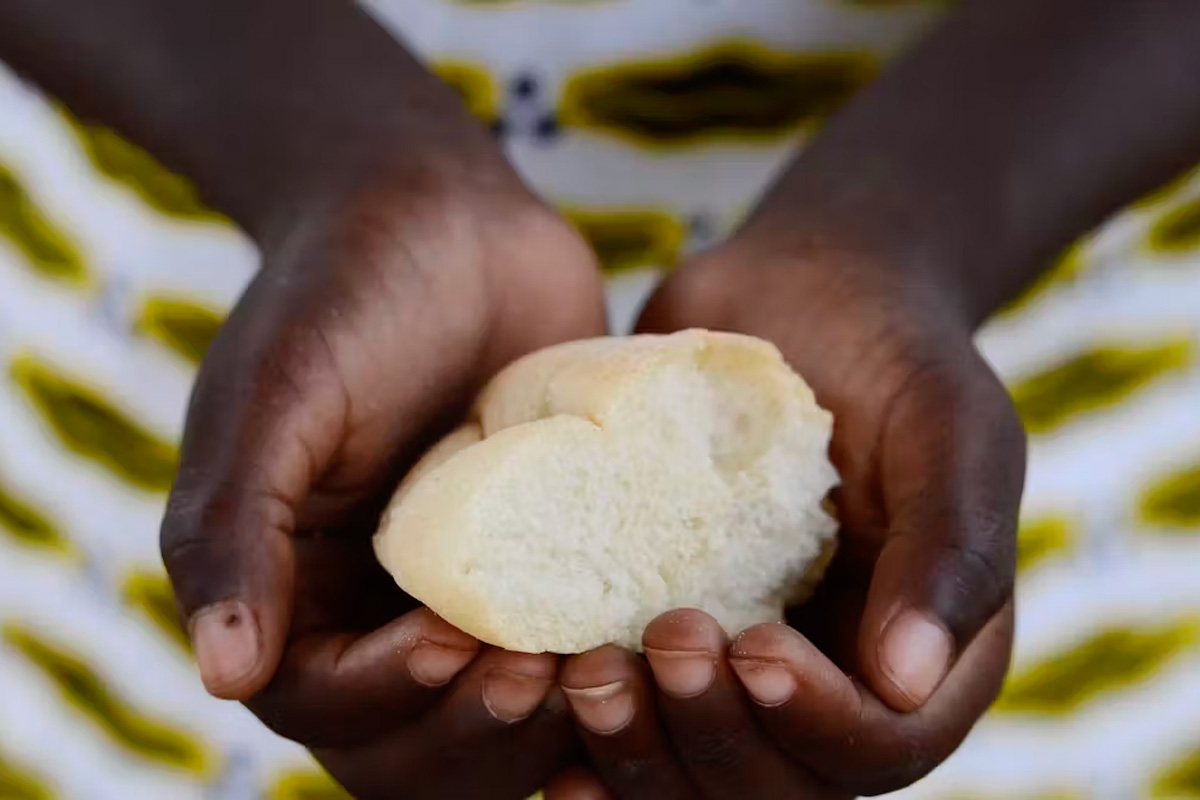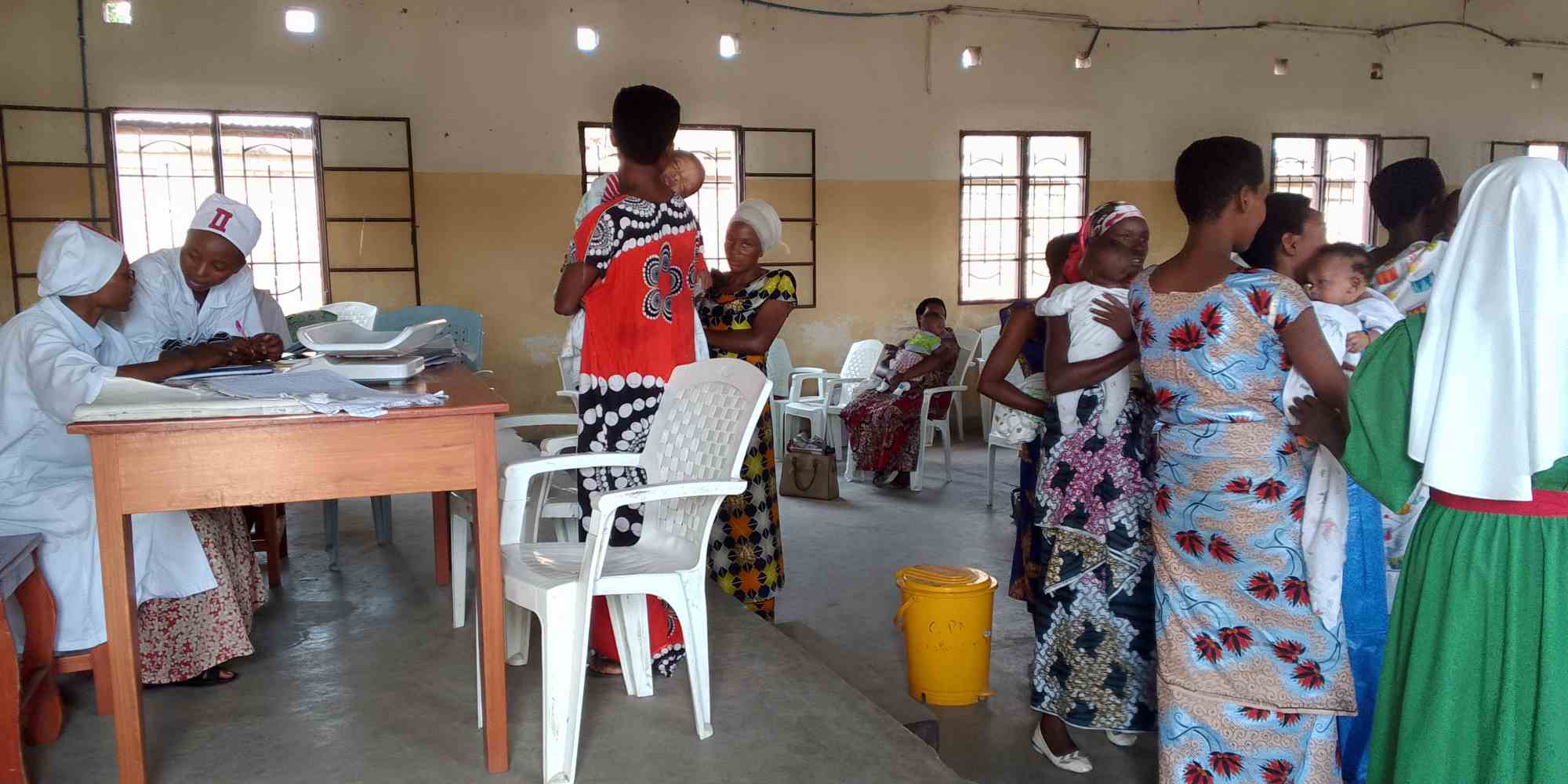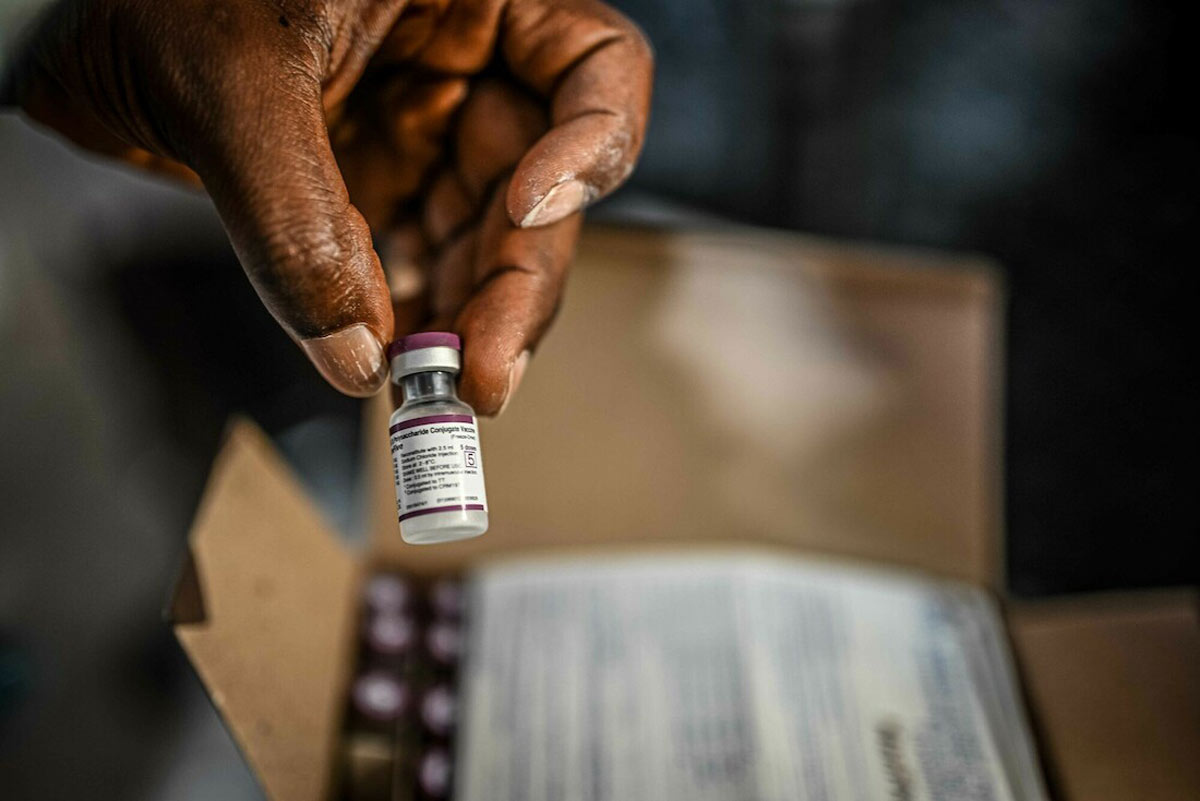Rudra P. Rath and Alka Gupta, UNICEF India.

Laxmipriya and her daughter. Photo: UNICEF/Santosh Behara.
Laxmipriya Swain of Chandanpur block, Puri district, Odisha is determined to get her infant daughter, Rajashree, fully immunized. She has seen children in her village suffer and die due to diseases like diarrhoea and is acutely aware of the financial burden, illnesses place on poor families.
She has heard from the Auxiliary Nurse Midwifes and the ASHA didis (community health workers) about a vaccine that can help prevent diarrhoea. They tell her that her daughter will be immunized with this vaccine at the next Fixed Immunization Day.
Rotavirus is responsible for up to 40 percent of all cases of severe diarrhoea in children in India, causing one death every four minutes. Treatment is not the best option for rotavirus diarrhoea, as there are no antibiotics that can cure it. Prevention, through vaccination is therefore a better option.
On March 26, 2016, the rotavirus vaccine was introduced in India’s Universal Immunization Programme. Giving the first dose to an infant from Odisha, the Union Health minister, J. P. Nadda, called it a “historic moment” and “exemplary step” in India’s immunization programme and an essential investment in children of the country.
While the vaccine was available in the open market, the indigenously developed rotavirus vaccine will now be distributed for free under the national immunization programme, thus protecting millions of children who did not have access to it earlier. The vaccine has initially been introduced in four states of India.
Odisha, the first state where the vaccine was launched, is gearing up to introduce this vaccine through the Fixed Immunization Day schedule across the state. Trainings of medical officers and frontline functionaries to safely introduce the new vaccine are completed.

Sukanti Rath at her fridge. Photo: UNICEF/Santosh Behara.
On Laxmipriya Swain’s Chandanpur block, the community health centre is where the cold chain that ensures the effectiveness of the vaccine is maintained. Sukanti Rath, the Lady Health Visitor and the Cold Chain Handler of the block is confident that the centre is prepared. “We have made all efforts to adhere to the cold chain maintenance protocols of the vaccine. Maintaining the refrigeration points and transporting the vaccines through alternative vaccine delivery models are few of the best practices, already in place,” she said.
The block is also ready with its micro plans, orientation of frontline workers, social mobilization strategies to persuade parents and caregivers to bring the children to the immunization sessions.
This preparedness builds confidence in mothers like Laxmipriya who are convinced of the importance of vaccines, to become champions for immunization in their communities. For, it is only when parents are convinced, that vaccines like rotavirus can save lives.






